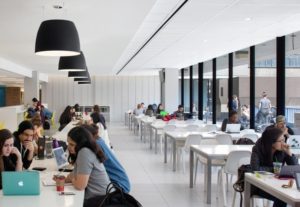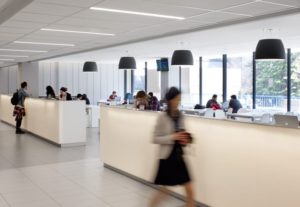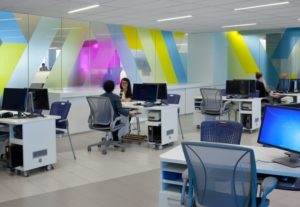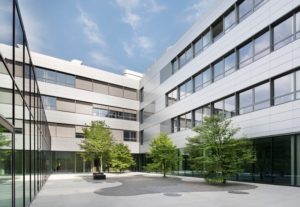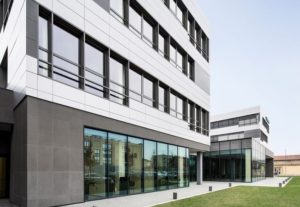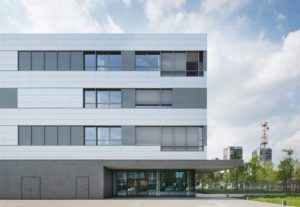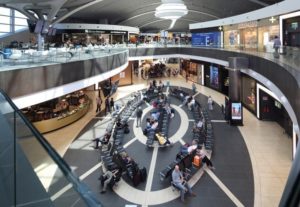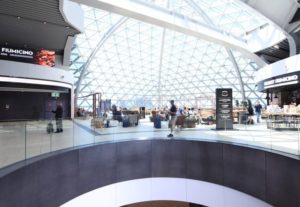Technical


Innovative solutions for ceramic tiles in architecture | by Livio Salvadori
The emergence of innovative new products with outstanding levels of performance and technical characteristics in the field of porcelain stoneware has opened up new potential for the use of Italian ceramic tiles in large-scale architectural projects in public and service buildings and in the tertiary, commercial and industrial sectors.
This trend includes spaces devoted to hospitality and leisure, wellness and relaxation, work and study, meeting and socialisation, as well as sports facilities, shopping centres, transport hubs, large public and community service spaces, cultural venues and healthcare facilities, and historic sites and monuments.
Due to the nature of these spaces and their many different functions, it is increasingly important to develop design solutions that focus on flexibility and customisation and to be able to draw from a wide range of different conceptual proposals.
Tile collections that stand out for their exclusive aesthetic research and high levels of performance and technical characteristics are widely used as coverings for floors, walls and other surfaces in public spaces, where they display sophisticated textures and colours, unique combinations of materials and three-dimensional structures that give a strong personality to any space. Similar considerations apply to both large and very large size slabs (up to 160×320 cm) and low-thickness panels (as small as 3 mm), which are also used as coordinated finishing elements for furnishings, customised compositional elements and architectural volumes in a wide range of different sectors.
For public spaces where health and hygiene are particularly critical factors such as hospitals, nurseries, canteens, swimming pools and wellness centres, new-generation tiles are available with integrated bioactive antibacterial and anti-odour systems to guarantee a high level of cleanliness and safety. For floors in high-traffic spaces such as railway stations, airports and subways, as well as schools, museums and shopping centres, special series of tiles are being developed to eliminate architectural barriers through the use of multisensorial guided routes for the visually impaired.
Advanced solutions in terms of functional and technical performance have also been developed in the field of dry pavings, including specific self-laying systems (both raised and floating) and safety surfaces for industrial use.
Other types of applications include technologies for the building envelope, including façade claddings and ventilated walls consisting of large-size modular panels, insulating cladding systems with thin panels, solar shielding, photocatalytic, anti-polluting, self-cleaning and antibacterial bioactive coverings, and roof elements; as well as specific applications for urban redevelopment, equipped public green spaces, sports facilities and large high-traffic areas. Eco-friendly products have been developed to meet the most stringent performance and aesthetic requirements of equipment and facilities, bringing benefits for both the city and the environment.
April 2019





